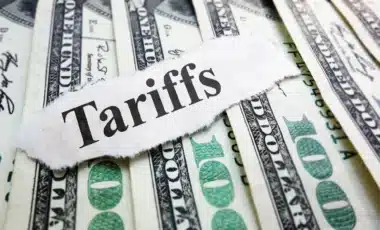In the United States, a rising disconnect between how wealthy individuals perceive themselves and their actual wealth has been noted by analysts. As economic pressures mount, social media may be distorting the understanding of what it means to be “rich.”
UBS’s Chief Economist, Paul Donovan, highlights that many wealthy Americans do not consider themselves part of the elite class, despite meeting the criteria. Social media, with its amplified portrayals of wealth, is contributing to this false perception.
According to Donovan, this gap between perception and reality may be influencing public discourse on wealth-related policies, such as wealth taxes and inheritance taxes.
The Influence of Social Media on Wealth Perception
According to Donovan, the rise of social media has exacerbated the divide between actual wealth and personal perceptions.
Despite a broader wealth inequality, many Americans who would be classified as wealthy don’t see themselves as part of that group.
“So people will say, ‘yes, we must be doing a wealth tax for millionaires, but not me, I don’t count as a millionaire’ when in fact, you own a two-bedroom apartment in Manhattan. You are by definition, a millionaire.” Donovan explains.
This sense of economic confusion is further compounded by the frequent display of ostentatious wealth on social media platforms, where influencers and celebrities post images of luxurious lifestyles.
“As a result, people are perhaps again getting more confused between their perception of their wealth and the realities of their wealth,” Donovan says.
The growing perception of inequality, despite actual wealth, leads to greater public discussion about policies that affect wealth distribution.
Luxury Shame: The Growing Hesitation to Display Wealth
A new trend, coined as “luxury shame,” is gaining traction, particularly among affluent consumers in the US and beyond. First noted during the 2008 financial crisis, when displays of wealth were frowned upon amidst widespread economic hardship, “luxury shame” has evolved.
According to Claudia D’Arpizio of Bain & Co, consumers are now curbing their purchases of high-end luxury items to avoid being seen as elitist, especially in uncertain economic climates.
D’Arpizio explains that the trend has gone global, partly due to changing sentiments in China. The Chinese government’s increasing pressure on the wealthy to avoid overt displays of their status has filtered through to the West.
As social tensions rise, wealthy individuals in the US are increasingly choosing to downplay their affluence, with luxury brands adapting by focusing on culture and innovation rather than exclusivity.
This evolving cultural shift forces luxury brands to reconsider their marketing strategies, moving away from traditional elitism towards products that embody deeper cultural and innovative values. It marks a significant change in how wealth is displayed and consumed.
The disconnect between perceived and actual wealth, coupled with the growing trend of luxury shame, signifies broader cultural and economic changes that are shaping consumer behaviour and public discourse on wealth.









